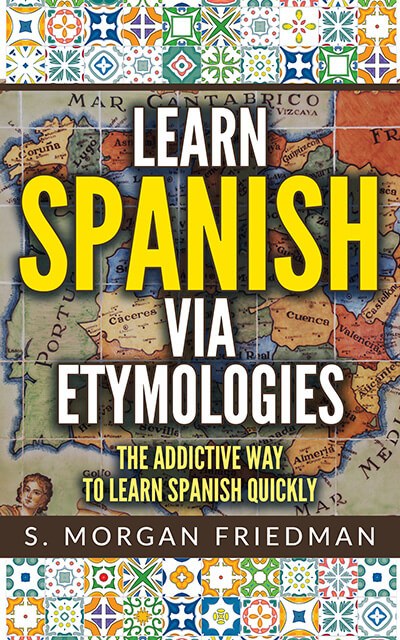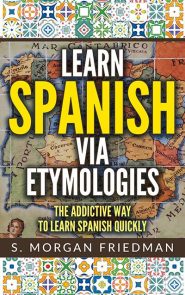The Spanish mirar, “to look at” has two curious cousins in English: admire, mirror and miracle.
All come from the same Latin root, mirari, which meant “to wonder at”. We can see how they are all related to this same sentiment of awe and wonder:
- Mirar is now just to look at someone but originally meant, to look at with wonder. Looking at someone is a form of wondering about them.
- Admire is really a form of wonderment as well. The ad- prefix means “at”, so admiration is always wonder that is directed at someone.
- Mirror too comes from the same root, and looking in the mirror is thus the most conceited act of being in awe of yourself!
- Miracle, as well as its Spanish version milagro, also comes from the same root: a Miracle is really just something that causes intense wonder!
The m-r root is present in all versions, in English and Spanish, so the pattern is easy to spot.

